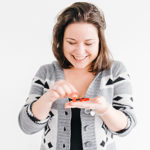UX Design And Photography: A Love Story
Plus — 5 Tips For Using Imagery In Your Designs
When I am working on a problem I never think about beauty. I only think about how to solve the problem. But when I have finished, if the solution is not beautiful, I know it is wrong. — Buckminster Fuller
How Imagery And Design Have Impacted My Life.
When I was 8 years old, I began taking photos of birds and landscapes alongside my grandfather. As an ornithologist, he was most concerned about capturing a bird in its most natural way of living. Most importantly, he designed his images around bringing attention to conservation of our feathered friends and their habitats. His selfless work (not available in the digitized world) opened the eyes of Canadians, winning him the Order of Canada and many provincial awards. For me, it helped me see how photography can impact a message. Later on, I saw how it would be my sidekick as a designer.
UX Design And Photography Each Have Their Own Beautiful And Helpful Qualities.
UX Design is known for its empathy and creating usable and memorable experiences for its users. Photography has its way of communicating visual perspectives that have the potential to shift the limbic system into a motivated state.
Both possess the subtle power to convert. Both work with a tacit understanding that one empowers the other. This, my friends, is a love story where two entities are better together than they are apart.
A wonderful design can inspire a beautiful photo, and a unique perspective in an image can motivate a spurt of design thinking and energy. This balanced relationship is a seemingly new concept, but design and photography stem from a deep history of impacting the human experience.
How Architecture Has Helped UX Design Learn Its ‘First Principles’.
Architecture sparked the fundamental principals of design thinking a millennia ago. Solidity, utility, and beauty structured the process of how something was designed and built. Today, we follow a paralleled process in the digital sprawl where foundation, functionality, and aesthetics guide us in our design decision-making. Architecture constrains architects to think about the best way to use physical space. UX Design does the same in digital space.
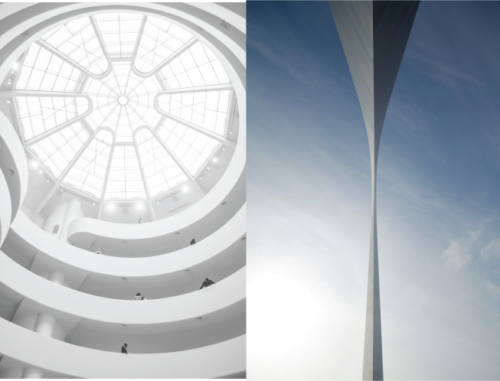
Source: Unsplash.com
Photography is younger than design, but by no means lesser. With a strong aesthetic presence, photography can speak many words within a static space. A well chosen image can be the visual supporter of the design’s foundation and function. The honey to your tea; that extra bit of sweetness to complete the experience.
How Photography Can Help UX Design Through Interpretation.
UX Design follows a human-centric process that guides the experience of the end-user. A user experience designer’s work is inspired by how people think and behave so design decisions are educated and driven by data. The end result being seamless, accessible, and easily understood by the user.
In UX Design, photography can be used to prompt and guide a user to what it is they are looking for. An image can be either deceiving or inviting, aligned with the overall mission of the company or can give a completely different idea to the user. It can have a big or small voice. It is up to the designer or content manager how they use a photography in their design, as it could be the catalyst to emotional connection, a guide, or simply a way of letting a user know where they are in the process.
Both design and photography are about interpretation. How a user interprets what they see will emotionally motivate them to feel like they will find what they are looking for or to search somewhere else.
When Choosing A Photo For Your Digital Purpose. Ask Questions Like:
-Does this fit?
-Is it helpful to the user?
-Does it reflect our brand well?
-Is it helping to solve the problem for the user?
-Is it shareable? Is there social appeal?
-Does it inspire action?
-Does it match our aesthetic?
A great way to determine this is to do something UX Designers love to do: test it!
An image can be large, creating a more impactful “first-impression” and making a clear statement of the culture and beliefs of that company.
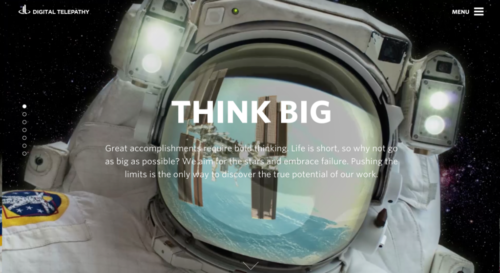
From: A larger statement maker with Digital Telepathy. Creative Agency in San Diego.
Or it can play a more supportive role to the content and purpose of the site.
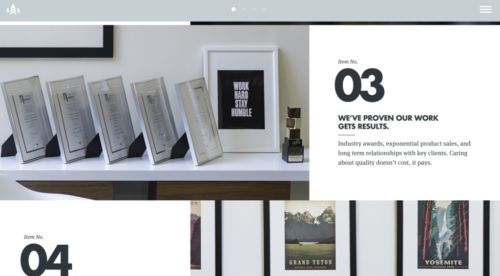
From: https://beta.rallyinteractive.com/. Design studio in Salt Lake City
Or it can be used to persuade and give users an understanding of context (this is popular in e-commerce):
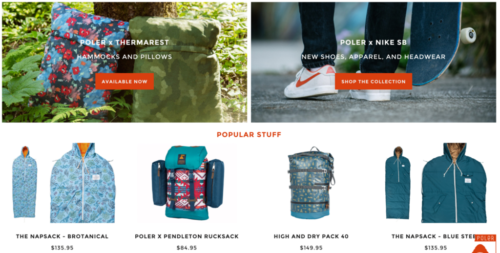
5 Tips For Using Photography In Your Designs:
- Use relevant imagery to provide context to the user. Consider your users: where they’re coming from, what mood they may be in, what they may be looking for, etc. Choose images that will help the users flow through your website / product.
- Choose images that your user can connect to. If there are people in your images, make sure they are someone your user can relate to. This will create a more emotional connection to your site / product, enhance customer loyalty, and brand affinity.
- Use images that demonstrate how your product can help. Your users have arrived at your site to solve a problem. Use imagery that demonstrates how you have the solution.
- Be genuine. Remember how images can persuade users, so be mindful of how you are using images and communicating to your users.
- Use images that convey your vision. Through your imagery, you can show what you stand for and why.
A Visual And Usable Love Story Comes To Fruition.
UX Design takes precedence when working on a product, service, website, etc. If content is king, then your visual content is queen. Think about how your image choices will impact your users perception of your company. Consider your functional and design requirements first and design to solve a problem. However, when it comes to the visual plane of the design process, think carefully about what aesthetic will support your product. In design, all is well with functionality, usability, and beauty.
Author: Lindsay Henwood
Interested in finding out more?
